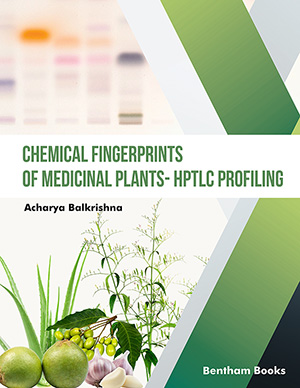Abstract
SHS investigation development is considered from the geographical and historical viewpoint. 3 stages are described. Within Stage 1 the work was carried out in the Department of the Institute of Chemical Physics in Chernogolovka where the scientific discovery had been made. At Stage 2 the interest to SHS arose in different cities and towns of the former USSR. Within Stage 3 SHS entered the international scene. Now SHS processes and products are being studied in more than 50 countries.
Abstract
Medicinal plants are considered a rich source of phytochemicals, which can
be used in drug development. For this purpose, the selection of correctly identified
herbs is of significance as each herb has a unique phytochemical distribution pattern.
High-Performance Thin Layer Chromatography (HPTLC) is one of the simplest yet
robust techniques for the identification of herbs, as it can provide unique
phytochemical fingerprints for each herb. However, process parameters of generating
HPTLC fingerprints require rigorous optimization for each plant. This chapter provides
HPTLC fingerprints for 108 medicinal plants together with their botanical name and
common Hindi names. Besides providing optimized HPTLC conditions for generating
these unique 108 fingerprints, this book also offers a list of solvent systems and
derivatizing reagents for screening of phytochemicals. With classical taxonomical
features and HPTLC fingerprinting methodology compiled, this chapter aims to serve
as a guide for the identity verification of medicinal plants.
Keywords:
Adsorbent, Canvas painting, HPTLC fingerprint, Medicinal Value, Solvent system.
We recommend

Authors:Bentham Science Books






